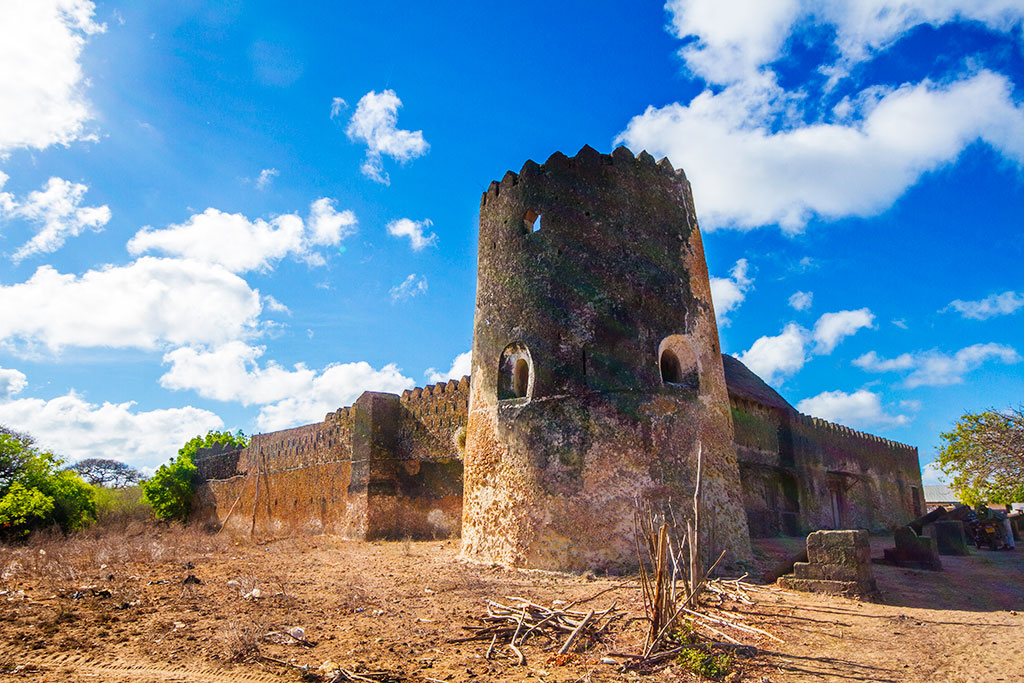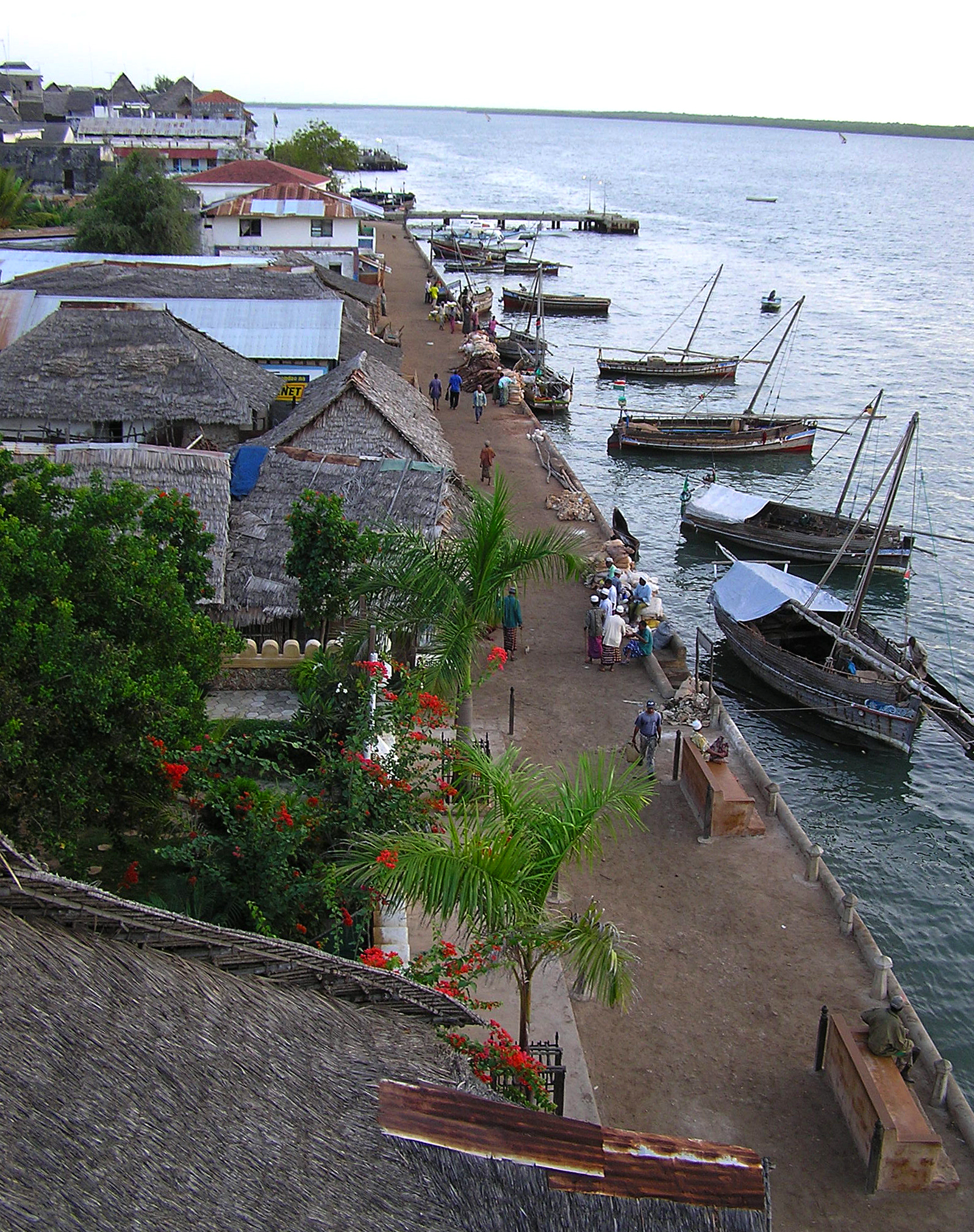|
Fumo Madi Ibn Abi Bakr
Fumo Madi ibn Abi Bakr was Sultan of Pate, Kenya (1779 - 1809). Around 1800 the Pate Sultan took over Lamu, however, they were deeply resented by the people of Lamu. Fumomadi was persuaded ("by a faithful old advisor") to build a fort on the seafront in Lamu Town, to protect members of his government. He died (a natural death) before the first storey of the fort was completed.Martin, 1973, p 7 There was much disagreement over choosing his successor, as he had fifty children and all sons and male ín-laws were eligible for the throne. After "encouragement" from the powerful Mazrui family from Mombasa/Oman, an in-law named Ahmad ibn Shaykh Ahmad ( ar, أحمد, ʾAḥmad) is an Arabic male given name common in most parts of the Muslim world. Other spellings of the name include Ahmed and Ahmet. Etymology The word derives from the root (ḥ-m-d), from the Arabic (), from the ve ... was chosen as the next Sultan. References Bibliography *Martin, Chryssee MacCasler Perry and ... [...More Info...] [...Related Items...] OR: [Wikipedia] [Google] [Baidu] |
Pate Island
Pate (Paté) Island () is located in the Indian Ocean close to the northern coast of Kenya, to which it belongs. It is the largest island in the Lamu Archipelago, which lie between the towns of Lamu and Kiunga in the former Coast Province. The island is almost completely surrounded by mangroves. Like much of the Swahili Coast, Pate's history was marked by a steady transition from agricultural communities in the early first millennium into a specialized, urban trading society around the 10th century, likely earlier. Islam spread down the coast from African Muslims in the Horn of Africa, helping to develop what would be known as the Swahili culture. Despite myths to the contrary, Pate was neither an Arab nor Persian colony, but an African town frequented by trading Arabs, Persians, Indians, and others. It was the centre of the Pate sultanate from the 13th–19th centuries. The Swahili port of Pate long vied with Lamu and Takwa (on Manda Island) for economic dominance of the ... [...More Info...] [...Related Items...] OR: [Wikipedia] [Google] [Baidu] |
Kenya
) , national_anthem = "Ee Mungu Nguvu Yetu"() , image_map = , map_caption = , image_map2 = , capital = Nairobi , coordinates = , largest_city = Nairobi , official_languages = Constitution (2009) Art. 7 ational, official and other languages"(1) The national language of the Republic is Swahili. (2) The official languages of the Republic are Swahili and English. (3) The State shall–-–- (a) promote and protect the diversity of language of the people of Kenya; and (b) promote the development and use of indigenous languages, Kenyan Sign language, Braille and other communication formats and technologies accessible to persons with disabilities." , languages_type = National language , languages = Swahili , ethnic_groups = , ethnic_groups_year = 2019 census , religion = , religion_year = 2019 census , demonym = ... [...More Info...] [...Related Items...] OR: [Wikipedia] [Google] [Baidu] |
Lamu
Lamu or Lamu Town is a small town on Lamu Island, which in turn is a part of the Lamu Archipelago in Kenya. Situated by road northeast of Mombasa that ends at Mokowe Jetty, from where the sea channel has to be crossed to reach Lamu Island. It is the headquarters of Lamu County and a UNESCO World Heritage Site. The town contains the Lamu Fort on the seafront, constructed under Fumo Madi ibn Abi Bakr, the sultan of Pate, and was completed after his death in the early 1820s. Lamu is also home to 23 mosques, including the Riyadha Mosque, built in 1900, and a donkey sanctuary. History Early history The original name of the town is Amu, which the Arabs termed Al-Amu (آامو) and the Portuguese "Lamon". The Portuguese applied the name to the entire island as Amu was the chief settlement. Lamu Town on Lamu Island is Kenya's oldest continually inhabited town, and was one of the original Swahili settlements along coastal East Africa. It is believed to have been established i ... [...More Info...] [...Related Items...] OR: [Wikipedia] [Google] [Baidu] |
Lamu Fort
Lamu Fort is a fortress in the town of Lamu in northeastern Kenya. Originally situated on the waterfront, the fort today is located in a central position in the town, about from the main jetty on the shore. Lamu Fort was built between 1813 and 1821 with Omani assistance. Initially it provided a base from which the Omanis consolidated their control of the East African coast but the town later lost its economic importance. During the British colonial period, and after the independence of Kenya, the fort was used as a prison. Today it houses an environmental museum and library, and is often used for community events. Building Lamu Fort is a defensive structure that was erected at the southeast corner of the old stone town of Lamu. The fort was built beside the Pwani Mosque, the oldest known mosque in Lamu, with origins in the 14th century. The fort originally lay on the waterfront, which then ran along the main street of the town but has since retreated. Thomas Boteler, who visit ... [...More Info...] [...Related Items...] OR: [Wikipedia] [Google] [Baidu] |
Mazrui
The Mazrui or Mazar'i () were an Omani Arab clan that reigned over some areas of East Africa, especially Kenya, from the 18th to the 20th century. In the 18th century they governed Mombasa and other coastal places and opposed the Omani Al Bu Sa'id Dynasty that ruled over Zanzibar. On at least one occasion they attacked Stone Town allying with the Portuguese. When the British East Africa Protectorate was established in the late 19th century, the Mazrui were one of the groups that most actively resisted the British rule, along with the Kikuyu and Kamba people. Notable people * Ali Mazrui Ali Al'amin Mazrui (24 February 1933 – 12 October 2014), was a Kenyan-born American academic, professor, and political writer on African and Islamic studies, and North-South relations. He was born in Mombasa, Kenya. His positions included ..., academic and writer Footnotes Further reading * Akinola, G.A. (1968): ''The Mazrui of Mombasa''. Year: 1968. Periodical: Tarikh. Volume: 2. Iss ... [...More Info...] [...Related Items...] OR: [Wikipedia] [Google] [Baidu] |
Mombasa
Mombasa ( ; ) is a coastal city in southeastern Kenya along the Indian Ocean. It was the first capital of the British East Africa, before Nairobi was elevated to capital city status. It now serves as the capital of Mombasa County. The town is known as "the white and blue city" in Kenya. It is the country's oldest (circa 900 AD) and second-largest List of cities in Kenya, cityThe World Factbook . Cia.gov. Retrieved on 17 August 2013. after the capital Nairobi, with a population of about 1,208,333 people according to the 2019 census. Its metropolitan region is the second-largest in the country, and has a population of 3,528,940 people. Mombasa's location on the Indian Ocean made it a historical trading centre, and it has been controlled by ma ... [...More Info...] [...Related Items...] OR: [Wikipedia] [Google] [Baidu] |
Oman
Oman ( ; ar, عُمَان ' ), officially the Sultanate of Oman ( ar, سلْطنةُ عُمان ), is an Arabian country located in southwestern Asia. It is situated on the southeastern coast of the Arabian Peninsula, and spans the mouth of the Persian Gulf. Oman shares land borders with Saudi Arabia, the United Arab Emirates, and Yemen, while sharing Maritime boundary, maritime borders with Iran and Pakistan. The coast is formed by the Arabian Sea on the southeast, and the Gulf of Oman on the northeast. The Madha and Musandam Governorate, Musandam exclaves are surrounded by the United Arab Emirates on their land borders, with the Strait of Hormuz (which it shares with Iran) and the Gulf of Oman forming Musandam's coastal boundaries. Muscat is the nation's capital and largest city. From the 17th century, the Omani Sultanate was Omani Empire, an empire, vying with the Portuguese Empire, Portuguese and British Empire, British empires for influence in the Persian Gulf and Indian ... [...More Info...] [...Related Items...] OR: [Wikipedia] [Google] [Baidu] |
Ahmad Ibn Shaykh
Ahmad ( ar, أحمد, ʾAḥmad) is an Arabic male given name common in most parts of the Muslim world. Other spellings of the name include Ahmed and Ahmet. Etymology The word derives from the root (ḥ-m-d), from the Arabic (), from the verb (''ḥameda'', "to thank or to praise"), non-past participle (). Lexicology As an Arabic name, it has its origins in a Quranic prophecy attributed to Jesus in the Quran which most Islamic scholars concede is about Muhammad. It also shares the same roots as Mahmud, Muhammad and Hamed. In its transliteration, the name has one of the highest number of spelling variations in the world. Though Islamic scholars attribute the name Ahmed to Muhammed, the verse itself is about a Messenger named Ahmed, whilst Muhammed was a Messenger-Prophet. Some Islamic traditions view the name Ahmad as another given name of Muhammad at birth by his mother, considered by Muslims to be the more esoteric name of Muhammad and central to understanding his nat ... [...More Info...] [...Related Items...] OR: [Wikipedia] [Google] [Baidu] |
18th-century Kenyan People
The 18th century lasted from January 1, 1701 ( MDCCI) to December 31, 1800 ( MDCCC). During the 18th century, elements of Enlightenment thinking culminated in the American, French, and Haitian Revolutions. During the century, slave trading and human trafficking expanded across the shores of the Atlantic, while declining in Russia, China, and Korea. Revolutions began to challenge the legitimacy of monarchical and aristocratic power structures, including the structures and beliefs that supported slavery. The Industrial Revolution began during mid-century, leading to radical changes in human society and the environment. Western historians have occasionally defined the 18th century otherwise for the purposes of their work. For example, the "short" 18th century may be defined as 1715–1789, denoting the period of time between the death of Louis XIV of France and the start of the French Revolution, with an emphasis on directly interconnected events. To historians who expand the ... [...More Info...] [...Related Items...] OR: [Wikipedia] [Google] [Baidu] |
Year Of Birth Missing
A year or annus is the orbital period of a planetary body, for example, the Earth, moving in its orbit around the Sun. Due to the Earth's axial tilt, the course of a year sees the passing of the seasons, marked by change in weather, the hours of daylight, and, consequently, vegetation and soil fertility. In temperate and subpolar regions around the planet, four seasons are generally recognized: spring, summer, autumn and winter. In tropical and subtropical regions, several geographical sectors do not present defined seasons; but in the seasonal tropics, the annual wet and dry seasons are recognized and tracked. A calendar year is an approximation of the number of days of the Earth's orbital period, as counted in a given calendar. The Gregorian calendar, or modern calendar, presents its calendar year to be either a common year of 365 days or a leap year of 366 days, as do the Julian calendars. For the Gregorian calendar, the average length of the calendar year (the mea ... [...More Info...] [...Related Items...] OR: [Wikipedia] [Google] [Baidu] |




